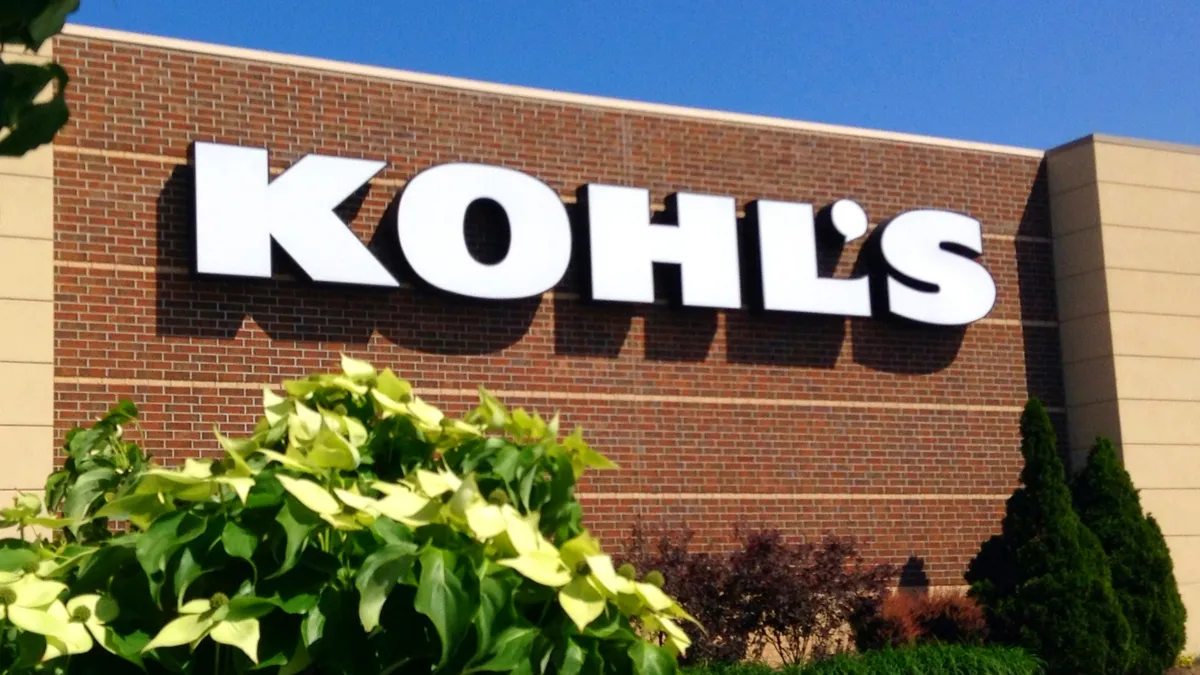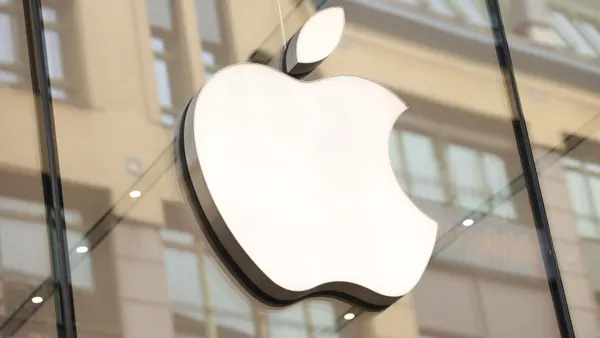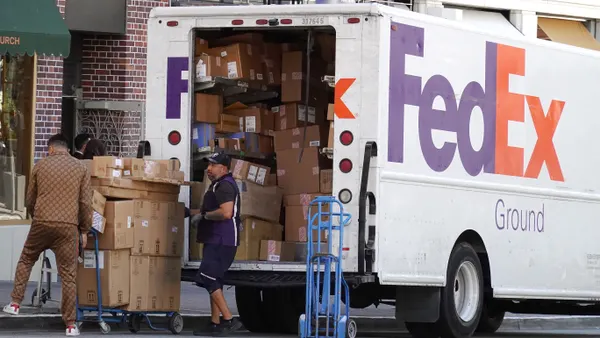Dive Brief:
- Long time food purveyors Tyson Foods, Campbell Soup, and Hershey are making their way into the $177 million-plus meal in a box market, The Wall Street Journal reported Monday.
- Despite high promises, the meal kit delivery business has proven fairly volatile as at least half a dozen meal kit startups have closed or reorganized to recover costs. Yet, the threat of disruption and the growing valuation of "freshness" in food is making larger companies look to the process for a new revenue stream.
- With ingredients already on hand, joining the meal kit revolution has proven easy for long-time producers, who need only assemble meals from their own ingredients, rather than sourcing out along the supply chain.
Dive Insight:
The idea of presenting pre-assembled meals is hardly new (consider the ever-popular Lunchables line), but meal kit delivery as a business requires an impeccable supply chain. Considering assembly, ingredient and transport costs, the price to production ratio is unlikely to be high.
In other words, supply chain management is pivotal to success in the meal-delivery market. Rather than selling to grocery stores, the direct-to-consumer nature makes quality control essential, as a spoiled product can severely tarnish the brand or service. The quality of a provider's cold chain can be a determining factor in this B2C race.
Second, kitting as a practice is itself a logistical challenge. While the healthcare industry mastered the practice through kit-focused warehouses where inventory is stored separately until a kit order is placed, the perishable nature of food renders the practice unfeasible. Companies marketing their kits' freshness cannot store apples in a warehouse for a month before assembly.
Instead, meal kits must be sourced, assembled and delivered to the consumer in a single package within a few days of an order's placement. While the pre-determined nature of the kits allow some predictability for the supply chain manager, the process is a logistical nightmare. No wonder many companies have tried and failed.
The competition between startups and more established food companies over meal kits can be likened to the early days of e-commerce, and the same lessons will likely apply. Meal-kit startups are selling convenience and freshness, but lack control upstream and capacity downstream. Their disruptive idea is in many ways like Amazon's. Blue Apron, perhaps learning from the e-commerce giant, has invested heavily in downstream capacity amid fulfillment pressures.
Meanwhile, the established food giants are embracing the innovation as an opportunity for new revenue streams amid declining grocery-store sales. Like Wal-Mart's foray into e-commerce, the established actors have long-standing relationships with suppliers and distributors, as well as various sources of inventory that can be quickly transformed into a diverse kit. Theoretically, with an established meal-kit brand a company could cut waste by turning excess inventory into a sellable product.
Unlike the e-commerce disruptor, however, meal kits are yet to become popular — then again, Amazon did not turn a net profit for at least eight years. Regardless, given the large upstream and downstream pressures on meal kits, the competition will remain an interesting case study for supply chain managers.













